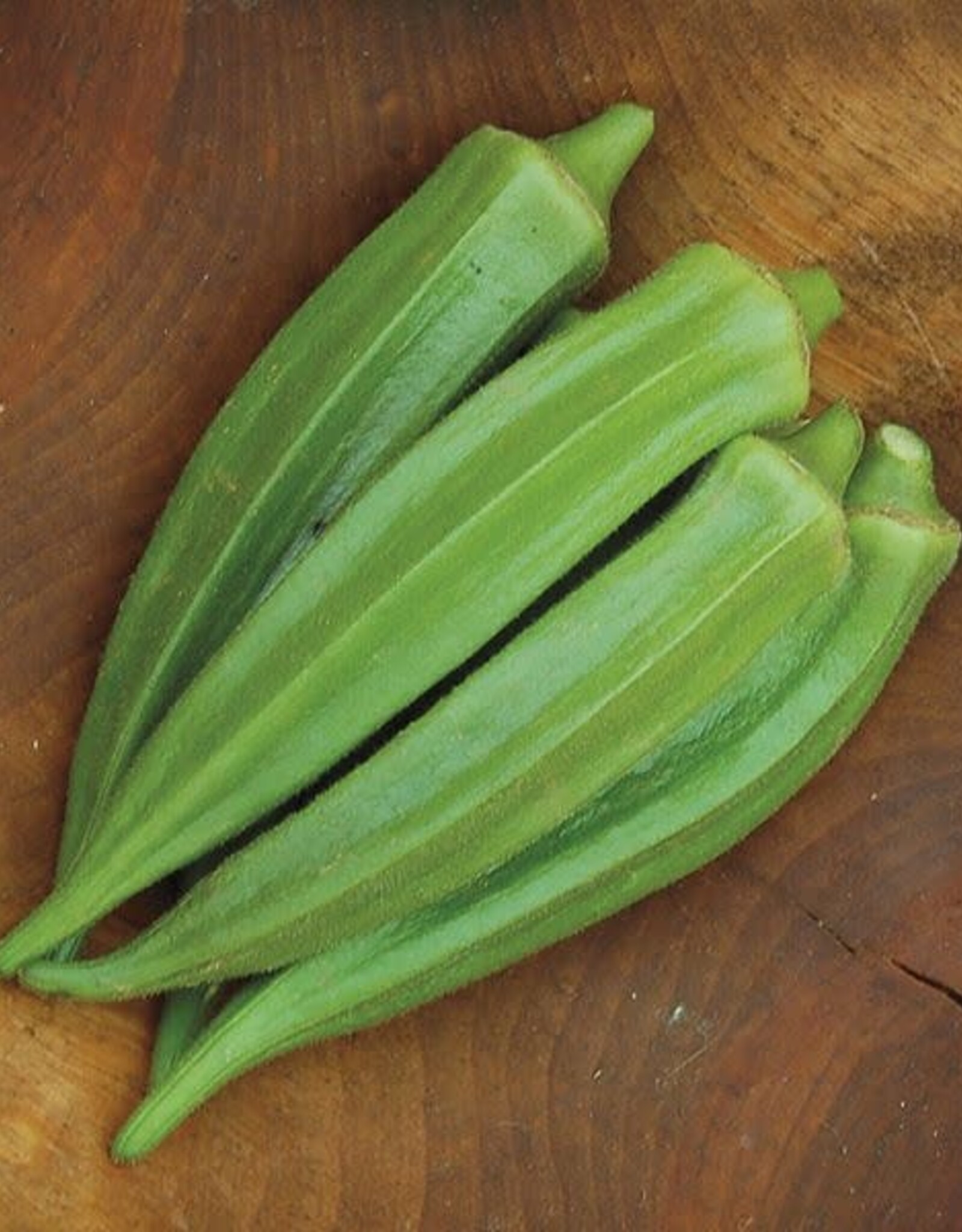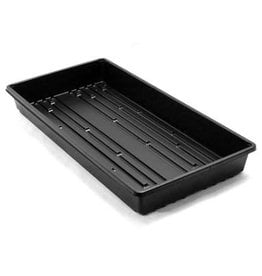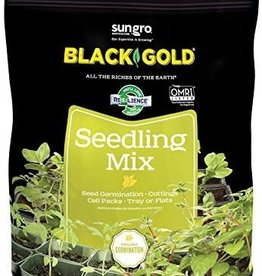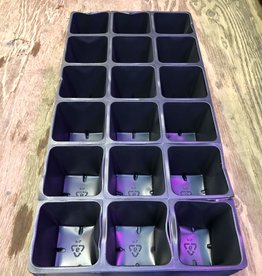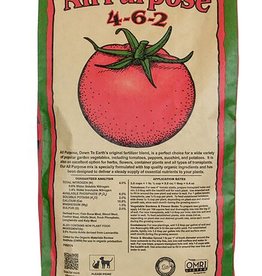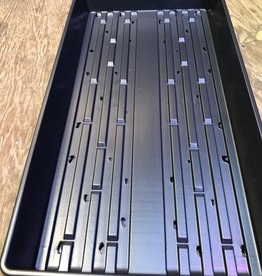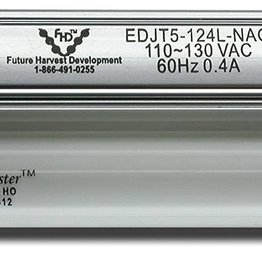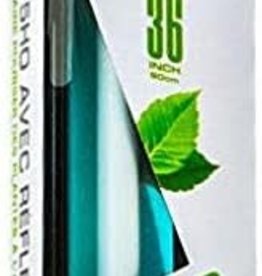HM Clemson Spineless 80 Okra 1/16 OZ
| Availability: | In stock (2) |
Photo and Description credit: High Mowing Seeds
Very productive variety with early, bright green pods.
This new and improved version of the tried and true Clemson Spineless variety offers up pain free picking and earlier production. The plants yield more than the previous incarnation and plants have a taller, more open habit. Harvest young for peak tenderness.
- Productive
- 3-4" pods
About 7,500 seeds/lb
Seeding Rate
Direct seeding: 78'/oz., 13 oz./1,000', 12 lb./acre at 6 seeds/ft. in rows 36" apart. Transplants average 155 pots or cells per oz, 2,500/lb at 3 seeds per cell.
Cultural Info
Okra is a heat-loving vegetable in the Malvaceae, or mallow family, which also includes cotton, cacao and hibiscus. It is very popular in the Southeast US, where it is often fried or cooked in stews for its thickening effect.
Soil Nutrients and Requirements
Okra prefers warm, well-drained soil with good fertility. Generally okra will do well anywhere corn does.
Seeding Depth
½” in pots or light soil, 1” deep in heavy soil.
Plant Spacing
18-24”
Row Spacing
3’
When to Sow
Okra prefers warm conditions. In short-season areas, start plants 6 weeks before transplanting (3-4 weeks after the last frost date). Plant two seeds per pot and clip the weaker seedling. Keep temperatures in the 80-90°F range for quick germination. Transplant carefully to avoid disturbing roots, and cover with row cover when frost is possible. In long-season climates okra can be direct-seeded starting in early spring when air temperatures are at least 60°F. Soak or nick seeds to encourage germination and sow seeds 3” apart in rows 3’ apart, thinning seedlings to 18-24”.
Other Considerations
Mulch plants when 6” tall to keep down weeds and retain moisture.
Harvest
Harvest begins around 50-60 days after planting. Pods should be harvested daily when they are about the size of a finger and easy to cut from the stalk. Plants will continue to produce heavily as long as they are regularly picked. Prickly pods can cause skin irritation; wear gloves or plant a spineless variety. Do not allow pods to over-ripen on the stalk, they will become tough and the plant will stop producing.
Storage
Pods have a short storage life. They will keep for 7-10 days in a perforated plastic bag or tote at 45-50°F.
Pest and Disease Resistance
Generally problem-free. Hand pick stinkbugs that appear. Fusarium wilt is occasionally a problem in hot climates; crop rotation is best remedy. Remove and destroy affected plants.

